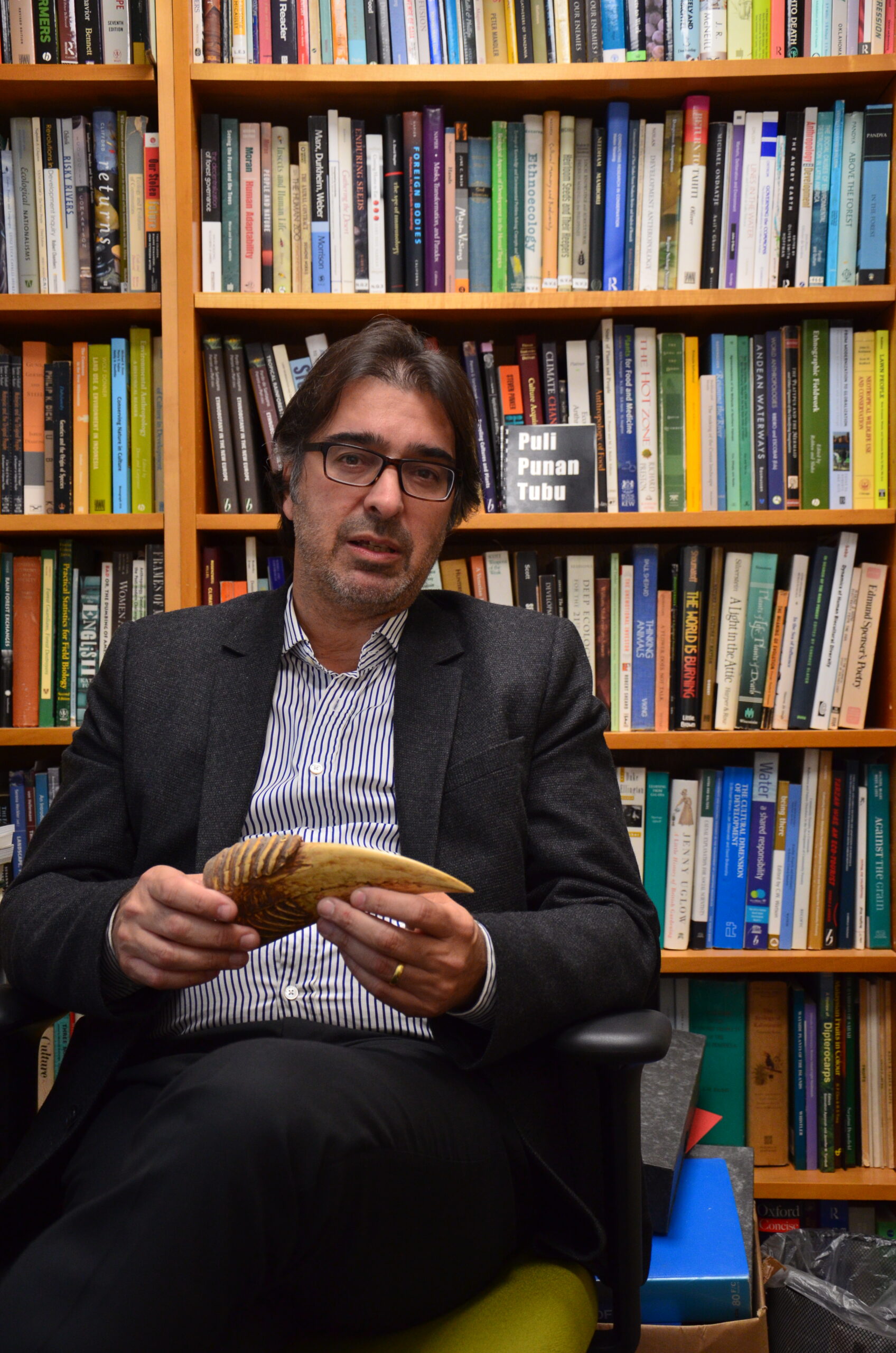RAJ – TRADITIONAL ETHNOBOTANICAL KNOWLEDGE

I spent my formative years growing up in the United States, but my household was a unique blend of culinary influences. My father hailed from India, while my mother had German roots. This mix of cultures brought a diverse range of flavors to our kitchen, which made for an exciting and enriching culinary experience.
My mother, in particular, had a penchant for baking, and she often involved us in her delicious endeavors. From bundt cakes to Christmas cookies and fruit tarts, our home was filled with the delightful aroma of freshly baked treats. My mother’s passion for cooking was deeply rooted in her personal history. She had grown up as a refugee after the war, enduring hardships and scarcity. She would recount stories of venturing out at night to scavenge for potatoes in the fields, and her love for food stemmed from those early deprivations.
At our dinner table, there was a clash of dining customs between my parents. Germans are known for their love of conversation during meals, while Indians tend to prioritize eating first and then engaging in discussions. My mother was always curious about our daily activities and wanted to know about our day, while my father urged everyone to simply savor the food. This intriguing interplay of food cultures became a fascinating lesson in anthropology, with each meal serving as a microcosm of cultural exchange.
My culinary journey took me to Indonesia, where I lived in a rainforest community. Many were apprehensive about the risks of malaria and food poisoning, but I discovered that the true dangers in the tropics resided within urban centers. In the rural areas, the food was remarkably fresh, healthy, and often wild. The Penan people, who called this lush environment home, were adept farmers, fishers, hunters, and gatherers. Rice was a staple, but the variety of plant and animal species they harvested from both the wild and their gardens was astounding. Spicy dishes featuring bears or squirrels were a treat, but more often than not, their meals were simple, boiled or fried with a dash of salt and chili peppers.
One of my most cherished dishes was freshly caught river fish, expertly roasted over an open fire on the rocky riverbank. It was served on a banana leaf and seasoned with ground salt and chili, creating a truly exquisite experience. The Penan were resourceful hunters, primarily targeting wild boar, but they would bring back whatever they managed to catch, be it birds, deer, porcupine, or even frogs, turtles, lizards, fruit bats, and monkeys. Domestic chickens were reserved for special occasions and celebrations, forming a vital part of their ritual feasts.
The tropical rainforest was a treasure trove of fruits, with many varieties known to the locals but still uncharted by outsiders like me. Wild and cultivated durians, notorious for their pungent aroma, were surprisingly delicious and addictive. The lush landscape also yielded a rich bounty of mangoes, lychees, rambutans, jackfruit, bananas, and papayas. The significance of fruit in the Penan diet was often underestimated; however, I am convinced that it played a crucial role in sustaining life in the forest for these remarkable people. The wealth of fruit varieties was a testament to nature’s generosity in this lush and vibrant ecosystem.
FOOD STORIES
Queste sono storie. Produttori, Pescatori, viaggi, ristoratori, scoperte, curiosità, riflessioni…




